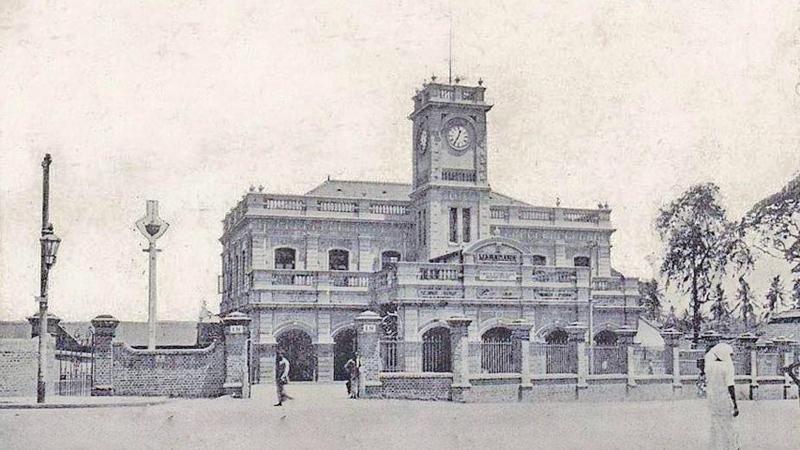
Our popular culture began to flourish in Maradana which was a suburban area. For those involved in many fields such as stage dramas, films, journalism and businesses, Maradana was a fertile ground. Many notable events took place in Maradana.
It would be correct to say that Maradana can be viewed as the birthplace of our popular culture. It is believed that the city name Maradana derived from a Tamil name ‘Maran-Stan’ which means the ‘Place of trees.’ As the time passed, people began to call the place ‘Maradana.’
As noted by historians, during the Dutch period, Maradana had become famous for the cinnamon cultivation. In 1789, the Disave of Colombo by the name of Cornelis de Cock had undertaken the task of maintaining the cinnamon cultivation in Maradana under the order of Governor Iman Willem Falk.
The Disave who owned the cinnamon garden had employed 150 natives. In 1786, the garden stretched upto the Beira Lake on the west, down to Bambalapitiya.
Its inland border extended upto the boundary of former Kotte Kingdom. We cannot ignore the Maradana railway station which is regarded as the second largest station in Colombo.
****

Maradana railway station
The station which was built in 1889 was just a wooden building. However, what we see today is the recently renovated station. The clock tower at the entrance of the station and platforms which remain intact will bear testimony to our vanished era. The railway museum also plays a vital role in the country.
The Sri Lanka Railways opened the National Railway Museum at Kadugannawa on December 27, 2014 to commemorate the 150th Anniversary of the first train run. Many locomotives, carriages, machinery and equipment which have been exhibited at the railway museum will be a new experience that you love to reminisce forever.
The first train of the Ceylon Railway operated from Colombo to Ambeypussa conveying the Duke of Brabant of Belgium on December 27, 1864.
****

Elphinstone Theatre
Elphinstone Theatre hall widely known as the Elphinstone Picture Hall was established in 1952. Regarded as the second largest theatre hall in Sri Lanka, it provides live performances, plays and runs films. In 1917, the theatre was opened by an Indian film company called “Nadan Theatre.” The building was renovated some time later. The foundation stone for the new building was laid by Mayor of Colombo Newham in 1925. The architect who designed the building was H.F. Billimon. The Maradana Jummah Masjid, opposite the entrance to the Maradana Railway Station, is one of the sacred places for Muslims.
****

Technical College
In 1893, the Ceylon Technical College was established. There had been only 25 students and a lecturer at the time.
Lecturers were the British experts in the field of engineering. Many subjects related to different fields such as civil engineering, electrical engineering, mechanical engineering , physics and chemistry are taught at the technical college. This technical college paved the way for many technical colleges in the country.

